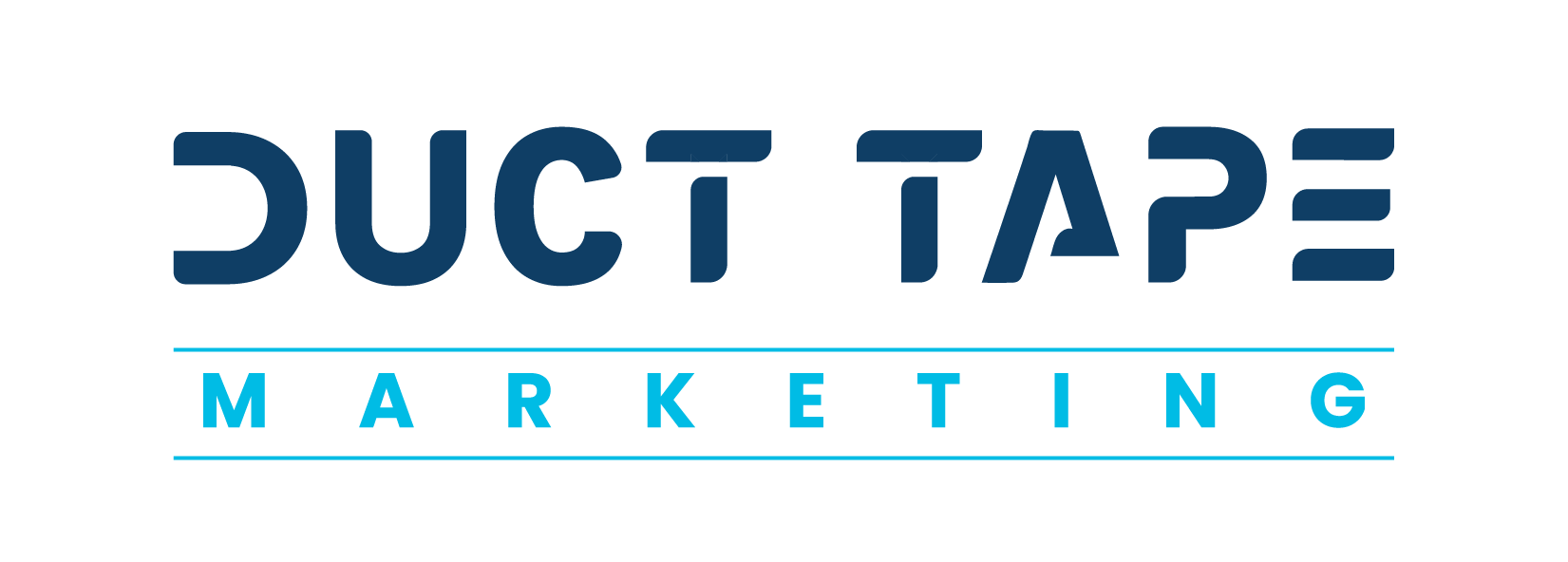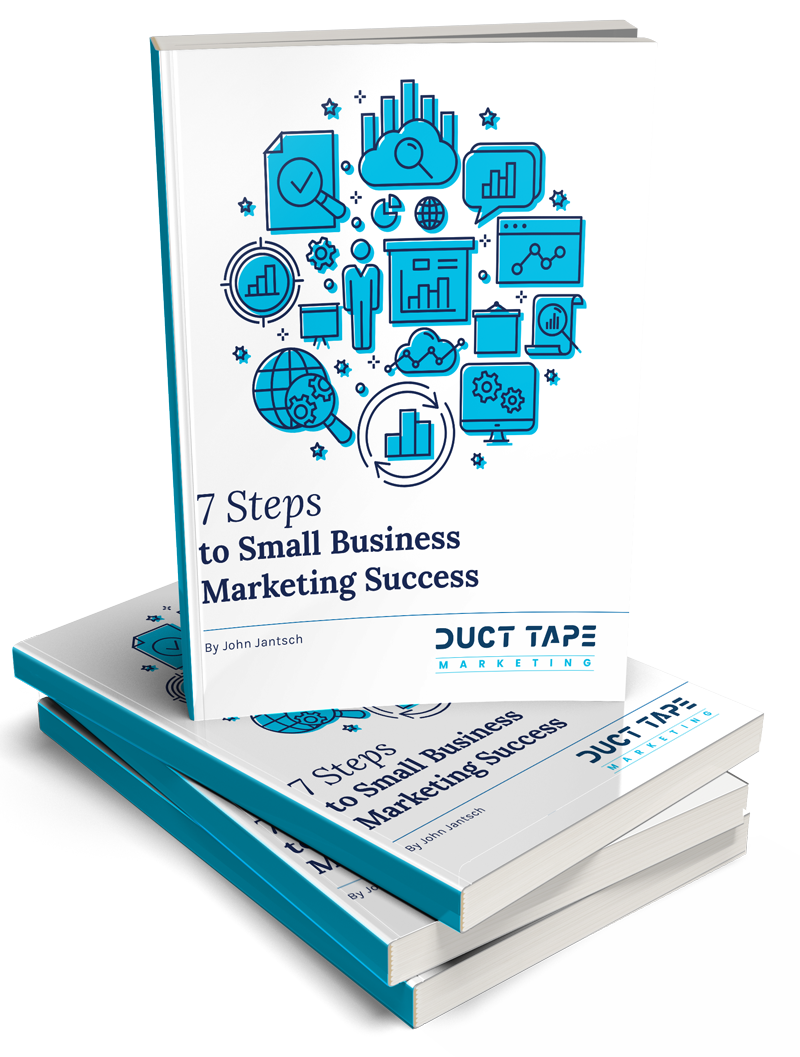When you work in a small marketing department with a shoestring budget, you’re often faced with the dilemma of paying for automation or investing hours in managing the work internally.
Through my years in various marketing roles, I’ve gotten lucky and also learned the hard way about which processes should and should not be automated. The takeaway: growth has to be achieved through a various mix of human power and automated tools.
My team manages our work by being clear about what we do by hand, what’s better managed by the host of marketing tools at our disposal, and then reviewing our decisions when we reset our goals.
So, here’s the skinny.
Email: 100% Automate

The only thing you, as a marketer, should be focused on is getting the most out of each channel you’re using. Email is no different. If you have more than 100 customers, you should be automating your transactional and marketing emails.
Email is an incredibly important part of your business’s customer activation and retention funnels, so I don’t recommend cutting corners here. By some measures, it’s 40 times more effective than any social channel.
Writing email copy and subject lines and testing their relative effectiveness at every turn improves ROI, the mundane admin work behind running these campaigns does not.
Mail providers will handle all of your A/B testing, email design, delivery time optimization and opt-outs. Additionally, most of the players in the game today offer user-event based segmentation, which is a necessity for companies doing growth hacking.
My advice is to research email providers and find one that is going to fit your needs as you continue to grow, and don’t be shy about switching up providers when necessary. I’ve also found that email providers are willing to bargain with you over price a little more than other marketing SaaS companies.
For the price and feature offering, I’ve always been fond of Customer.io. They make the process of setting up automatically triggered transactional emails simple and without the need for back-end logic. I also really like Customer.io’s reliance on a template-based system for email creation, which makes collaboration easier. The dashboard doesn’t stink either.
Press: Keep it Human
One thing I cannot stress enough is the importance of getting a rock star PR person on your team.
Securing local and national press coverage for your product or service should be a top priority for your growth strategy. Besides the cost of a press manager’s salary, getting media mentions is a low-cost acquisition channel that can have a huge return.
Outsourcing media relations to an agency or paying a press distribution service will not cut it. The news cycle is too fast and media too annoyed with incoming press releases that stink. You need someone in-house who knows your business like the back of their hand and is eager to craft media pitches to get featured, preferably someone who understands the pressures of reporting and small outlets.
I’ve seen a single national press mention bring in the same amount of sales in one day that general marketing efforts bring in a month.
Invest in an eager, savvy, connected person to lead your press outreach efforts and I guarantee you won’t be disappointed. It’s like Christmas when a big mention lands and you start seeing the site traffic spike.
Customer Persona Building and Target Customer Research – Automate Data Collection and Analyze with Humans

In addition to growing the business, it’s also the marketing team’s job to know whom you should be selling to in the first place.
One of the best ways to determine whom you should be targeting is by talking with already satisfied customers, and recent cancellations.
If you work for a SaaS company or sell online, you’re in the lucky group because you most likely have an email address and possibly phone numbers for customers. If you know how to get in contact with your customers, you can schedule interviews with them and also perform net promoter score surveys.
Here, I recommend using tools to collect information and then pass it to your team, who follow up. Basically, the team needs the direct insight from the customer. Interviewing allows you to hear how customers describe your product and what words they use- hello AdWords keywords.
If you outsource the interviews, you’re missing out on valuable customer insights.
If you sell through retailers, or not directly to customers, collecting contact info and building relationships with them is much more difficult.
Services like BrandLoop help companies connect with their customers who do not buy directly. They make product registrations mobile and allow customers to use Facebook single-sign-on to register their purchases. This helps retailers open another communication channel with their customers they didn’t have before.
Additionally, allowing customers to register from their phones has been proven to increase registration rates by as much as 80%.
Analytics – Outsource Measurement, Assess with Human Rigor
Sure, I like a good spreadsheet, but pulling all the data I need from Google Analytics and Mixpanel, that’s not the best use of my time. Still, I need accurate, updated customer segments, monthly recurring revenue, conversion rates, unique traffic figures and more.
Thanks to the marvels of marketing tools, I don’t have to, so I don’t. Yes, some of these services will require a little Javascript, but they’ll save you hours once they’re deployed.
I highly recommend using Segment.io and Mixpanel for event-based metrics. If you have a mobile app, I’ve always been happy with App Annie premium and also SensorTower.
Next, it’s up to your team to determine what all that data means for your funnel.
Don’t forget that the suite of metrics you’re collecting should include an absolute quantity and a rate to ensure you hit your goals.
About the Author
 Mike Hourigan is the Director of Marketing for Shoeboxed, a receipt digitization company used by over one million small businesses worldwide. He also serves as a digital marketing consultant and advisor. Mike is a die-hard UNC Tar Heel fan and a sucker for good documentaries.
Mike Hourigan is the Director of Marketing for Shoeboxed, a receipt digitization company used by over one million small businesses worldwide. He also serves as a digital marketing consultant and advisor. Mike is a die-hard UNC Tar Heel fan and a sucker for good documentaries.



